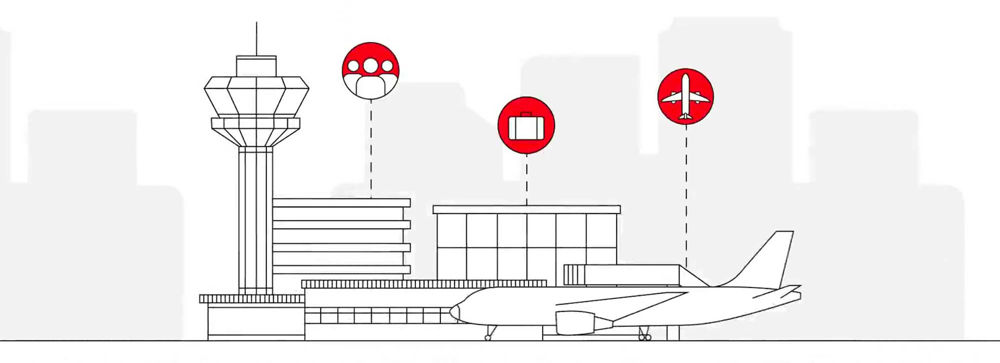Improving climate impact modelling
Typically, flood risk assessments only consider a limited band of the uncertainty of the sea level rise. The challenge with managing this risk is that as projections get further from the present day, the uncertainty of the prediction increases. In addition, discount rates applied in economic Net Present Value financial calculations also mean that the impacts of worst case scenarios later in the century have limited impact on decisions we are taking now. Our Sea Level Insights Tool closes this gap.
The modelling framework the tool uses, was developed by the University of Cambridge and incorporates sea level rise uncertainty into coastal flood risk assessment, by streamlining the process of modelling sea levels, wave overtopping and flood spreading on land. This allows all the uncertainty to be propagated through to the calculation of risk, driven by economic damages.
To quantify the flood hazard, reduced complexity models are used to allow a large number of scenarios to be run and all potential pathways of flooding considered at some level. By the end of the research, UCAM was running 21,300 scenarios in just 2 hours, which gave the Arup team new levels of data and new opportunities to improve insight for decision makers.
Origins and contributors
Arup worked with the Environment Agency to ensure the sea level insights tool was robust and valuable to anyone working on flood risk mitigation. The tool was developed using data from the urban coastal area of Hull, as it has the second highest number of properties at risk of flooding in the UK, second only to London. Professor Tom Spencer and Dr Elizabeth Christie from the Cambridge Coastal Research Unit, within the Department of Geography at the University of Cambridge (UCAM) led the climate change impact modelling for this project using detailed sea level rise prediction information from the UK Climate Projections data in 2018 (UKCP18).
We developed the sea level rise insights tool as part of the EuroSea project, working in partnership with the Environment Agency, Cambridge University, and The National Oceanography Centre. This was jointly funded by Arup University’s research programme and the EuroSea project, which receives funding from the European Union's Horizon research and innovation programme under grant agreement No 862626.



